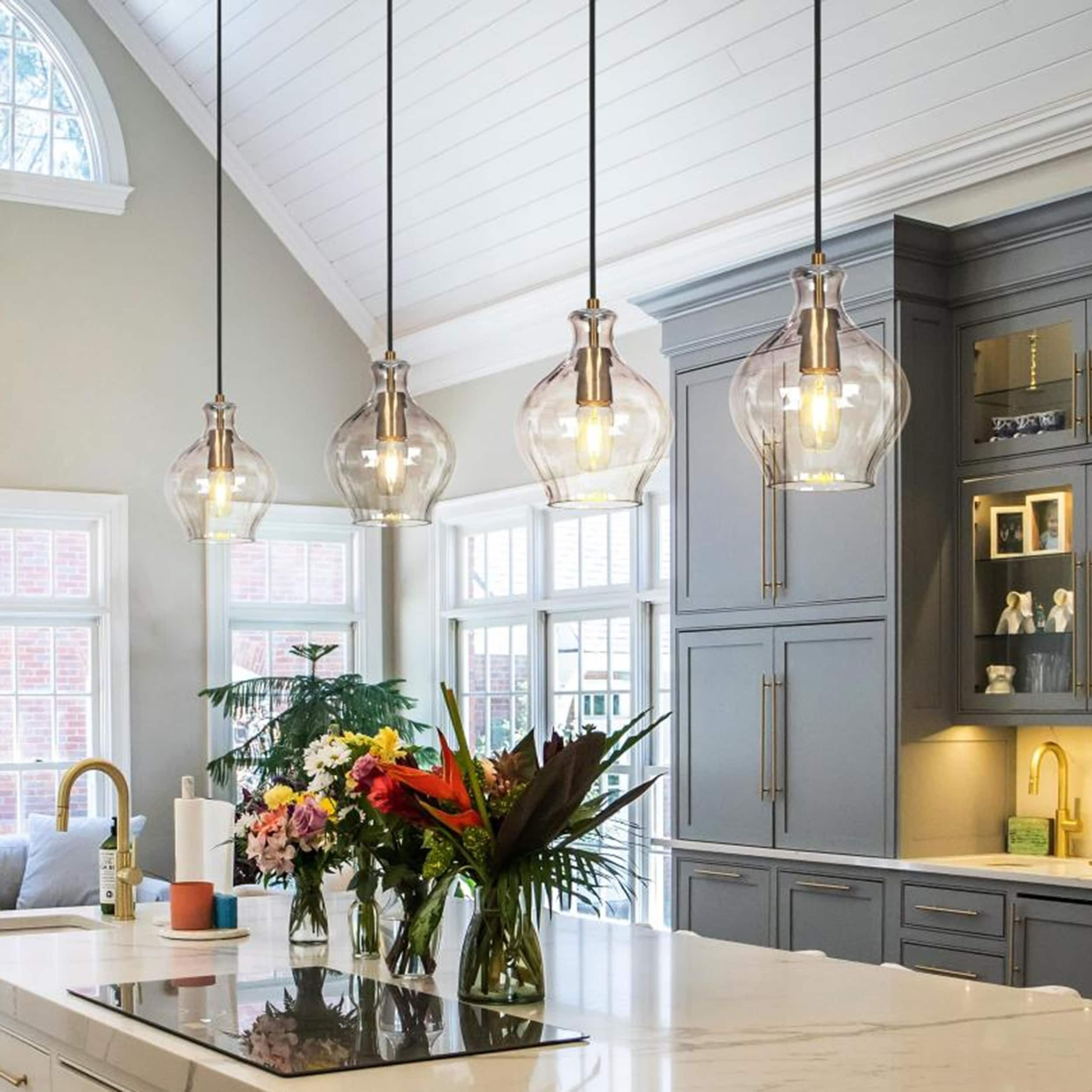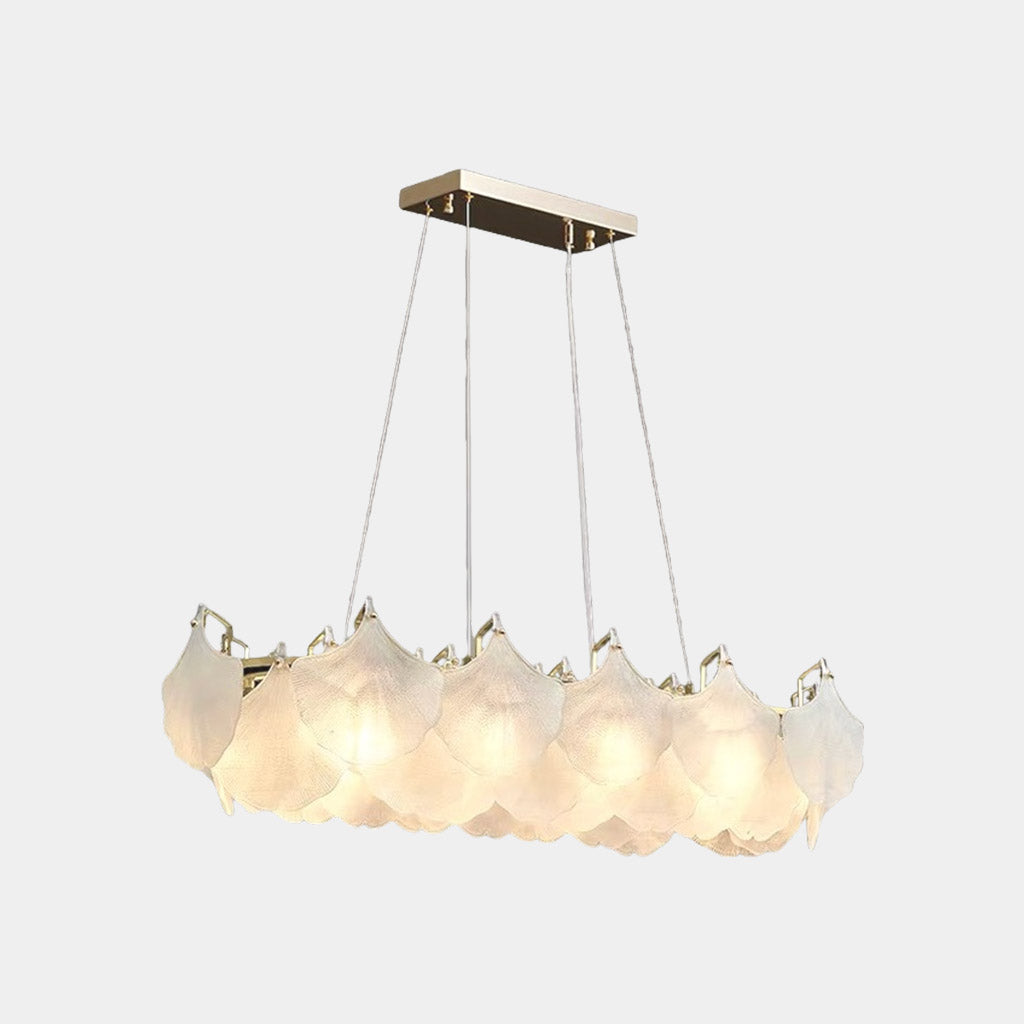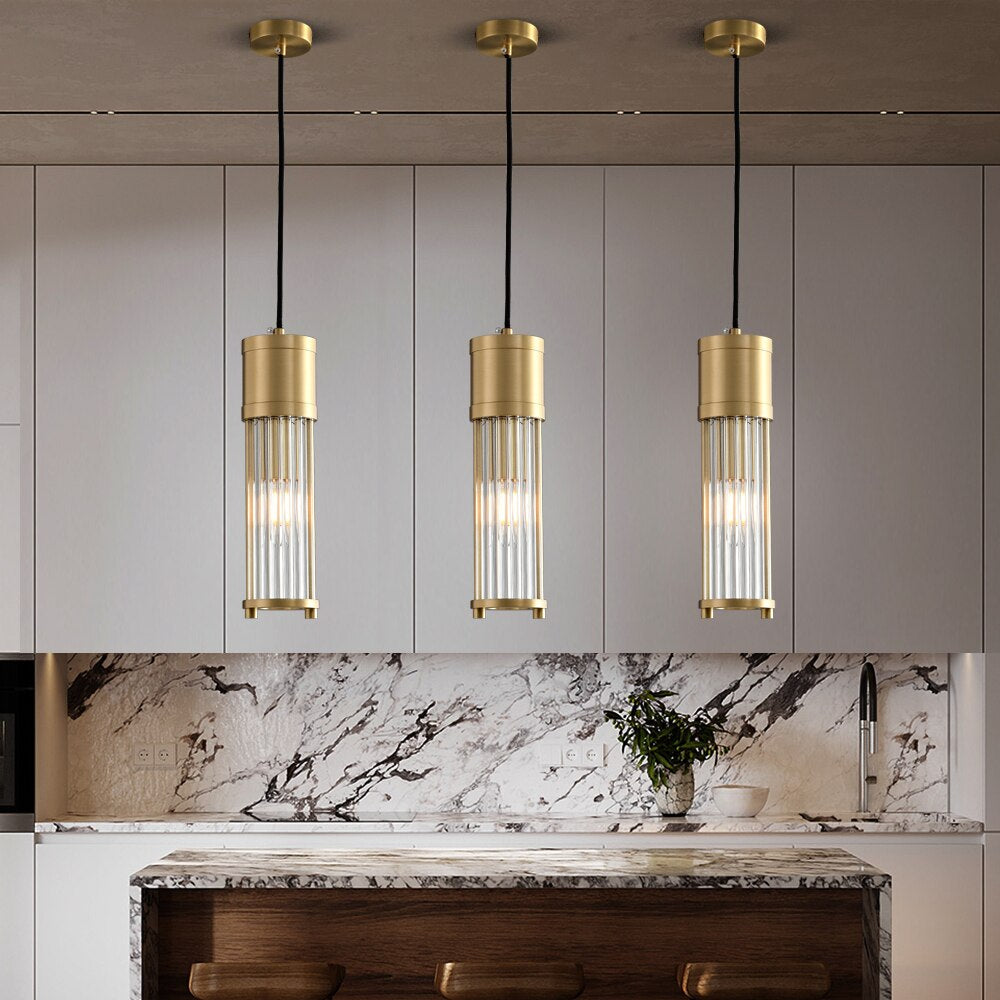A Comprehensive Guide to Putting Up and Maintaining Your Pendant Light
Mounting and maintaining a pendant light calls for cautious planning and execution. Correct elevation measurements can boost both capability and layout. Vital devices and a clear setup process are crucial for a successful arrangement. Normal upkeep assurances long life and performance. Comprehending these aspects can change a space. Recognizing where to start could seem frightening. What actions should one focus on to achieve the very best results?
Comprehending Pendant Light Styles
While several house owners seek to improve their spaces with Pendant illumination, understanding the numerous designs readily available is vital for making an educated selection. Pendant lights come in a plethora of layouts, each offering unique aesthetic and useful advantages. Traditional Pendant lights commonly feature classic shapes and products, such as glass or metal, giving a classic charm. Contemporary styles, on the other hand, might include ingenious products and bold colors to develop striking centerpieces.
Industrial-style necklaces often use resources like subjected bulbs and rustic surfaces, ideal for loft spaces and modern settings. For a much more wayward touch, vintage-inspired alternatives stimulate nostalgia with detailed information and retro surfaces. Furthermore, minimalist layouts concentrate on simpleness and clean lines, interesting those that prefer downplayed style. Comprehending these varied styles enables home owners to select Pendant lighting that not only matches their design yet also offers their useful lights requires properly.
Determining the Suitable Elevation for Your Pendant Light
Just how does one identify the ideal elevation for a necklace light? To attain the best capability and visual appeal, several aspects must be taken into consideration. Typically, a necklace light must hang 30 to 36 inches over a dining table to ensure enough lighting without obstructing sights. In rooms with high ceilings, the component might be placed somewhat higher to preserve symmetry.
For kitchen islands, a height of 28 to 34 inches over the counter top is generally recommended, permitting for appropriate light insurance coverage while preserving a welcoming ambience. In living locations, the Pendant needs to be hung at a height that complements the surrounding design and does not create a danger for people strolling under it.
Ultimately, personal preference and space measurements play significant duties in identifying the best height. Evaluating different heights prior to final setup may assist attain the desired impact and functionality.
Devices and Products Needed for Installation
Effective setup of Pendant lights needs a certain set of materials and devices to guarantee a smooth procedure. Essential devices include a screwdriver, wire pole dancer, and a drill, which facilitate secure fixture add-on and appropriate circuitry. A voltage tester is vital for confirming safety and security by making certain that power is off prior to beginning any type of electrical work.
Along with tools, specific materials are needed for setup. These consist of the Pendant light component itself, electrical circuitry, cable nuts for safe links, and mounting hardware. A ceiling hook may also be needed, relying on the fixture's style.
For added safety and security and convenience, a ladder will certainly aid within high ceilings, while a degree guarantees that the light hangs evenly. Preparing these tools and products ahead of time enhances the installation process, making it more efficient and reliable. Correct prep work is necessary to accomplishing an effective Pendant light installment.
Step-by-Step Installment Process
With the necessary devices and products gathered, the setup process for Pendant lights can begin. The power supply need to be turned off at the circuit breaker to assure security. Next, the placing bracket requires to be connected to the electrical box in the ceiling. After safeguarding it, the electrical expert's tape need to be made use of to cover any type of subjected wires.
Complying with that, the Pendant light's cables are connected to the equivalent wires in the ceiling: black to black (or red), white to white, and eco-friendly or copper for ground. As soon as the connections are made, they ought to be secured with cable nuts.
The Pendant light can after that be affixed to the placing brace, ensuring it hangs at the desired height. Ultimately, the light bulb is put, and the power is turned back on at the circuit breaker, allowing the brand-new Pendant light to illuminate the room.
Maintaining and Cleansing Your Pendant Light
What actions should be required to assure the long life and aesthetic allure of Pendant lights? Routine upkeep and cleaning are necessary in preserving their appeal and capability. Dirt and dirt can accumulate on Pendant lights, diminishing their sparkle. To clean up, a soft, lint-free fabric or microfiber towel need to be used, along with a gentle cleaner suitable for the surface area material - Pendant Light. For glass or crystal pendants, a glass cleaner can boost clearness without touches
It is recommended to transform off the light and permit it to cool down prior to cleaning. Additionally, inspecting the fixture for loosened bulbs or connections occasionally assures safety and height performance. Changing bulbs consistently stops strain on electrical components if relevant. Lastly, preserving a secure environment by preventing direct exposure to moisture can significantly expand the life of Pendant lighting. Following these steps will certainly keep Pendant lights looking their ideal while working successfully.
Repairing Common Pendant Light Issues
When pendant lights breakdown, numerous typical issues may emerge, including flickering light bulbs, wrong installation, and voltage fluctuations. Recognizing the origin is essential for efficient repairing and making sure peak efficiency. Resolving these problems promptly can improve the longevity and functionality of Pendant lighting fixtures.
Flickering Light Light Bulbs
Flickering light bulbs can be a source of aggravation for home owners, often signifying underlying electric problems or easy maintenance needs. This phenomenon might originate from loosened bulb connections, where the bulb is not securely matched the socket, triggering recurring contact (Pendant Light). Additionally, faulty or aging bulbs might flicker as they near the end of their life-span. One more usual reason is inconsistent voltage, which can develop from problems within the electrical system or straining circuits. Property owners need to additionally examine for harmed circuitry, as this can lead to flickering and posture safety dangers. Prompt replacements and regular inspections are essential to assure proper performance and to keep a risk-free home atmosphere. Determining the origin immediately can stop more problems

Incorrect Installment Concerns
Incorrect installment of Pendant lights can result in a range of concerns that may resemble those triggered by flickering light bulbs. Typical troubles consist of loose electrical wiring links, which can interfere with the circulation see it here of electrical energy and cause recurring lighting. Additionally, if the placing bracket is not firmly secured, the Pendant may hang unevenly, developing an unstable fixture that can cause resonances or sound. Incorrect bulb kinds or wattage can additionally add to performance issues, as incompatible light bulbs may not work successfully in the fixture. Lastly, poor spacing from the ceiling can develop darkness or minimize light distribution, diminishing the designated effect of the Pendant light. Recognizing and addressing these setup mistakes is essential for attaining correct performance and visual appeal.
Voltage Variation Troubles
Pendant lights can boost an area's setting, voltage fluctuations can lead to substantial performance problems. These changes may trigger flickering lights, lowered illumination, and even premature bulb failure. To identify such problems, one should first examine the light fixture's compatibility with the voltage supply. Utilizing a multimeter can assist measure voltage levels and determine abnormalities. If voltage concerns linger, it might be required to inspect the electrical system for loose links or damaged wiring. In many cases, speaking with a certified electrical contractor is a good idea to guarantee safety and security and compliance with neighborhood codes. Correctly go addressing voltage variations not just enhances the performance of Pendant lights however likewise expands their life expectancy and boosts general lighting quality.
Enhancing Your Area With Pendant Light Positioning
Reliable Pendant light positioning can considerably boost an area by adhering to optimal elevation standards, making certain the right lighting degree. Layering these lights with other sources can produce a balanced atmosphere, highlighting prime focus within the area. Accomplishing an unified appearance needs mindful factor to consider of both the component's placement and its connection with surrounding elements.
Ideal Height Standards
When contemplating the suitable elevation for Pendant lights, a general standard recommends hanging them around 30 to 36 inches above a countertop or table surface. This height enables optimum lighting while ensuring that the light does not obstruct views or develop hazards. In eating areas, Pendant lights ought to be positioned to boost the dining experience, commonly around 28 to 34 inches above the table. For kitchen islands, maintaining harmony across numerous necklaces can create a natural appearance; spacing them equally and adhering to the advised elevation boosts performance. It is necessary to take into account ceiling height as well, as greater ceilings might need changes to maintain symmetry and visual appeal. Correct elevation placement significantly adds to the total ambiance of a space.
Layering With Other Lights
As Pendant lights are integrated right into a more comprehensive lights design, they can greatly boost the environment of a space. Their flexibility enables them to be layered with ambient, task, and accent lighting, creating an unified balance. Combining pendant lights with recessed lights can provide general lighting while highlighting certain locations. Job lights, such as under-cabinet lights, can enhance necklaces in cooking areas, making sure performance without sacrificing style. Accent lights, like wall surface sconces, can better enhance the setting, drawing interest to artwork or building functions. By strategically positioning these source of lights, homeowners can accomplish depth and measurement, transforming an average area into a magnificently lit up setting that accommodates different activities and state of minds.
Focal Points and Equilibrium

Purposefully put Pendant lights can act as charming prime focus within a room, drawing the eye and boosting the general visual. When choosing pendant lights, it is critical to take into consideration their shade, size, and shape to guarantee they complement the existing décor. For instance, a strong, large Pendant can develop a striking centerpiece over a table, while smaller components might work much better in collections to accomplish a balanced appearance. Furthermore, placing Pendant lights at varying heights can include depth and visual interest to the space. Preserving equilibrium with various other elements, such as furnishings and wall shades, will certainly ensure that the Pendant lights boost the area without overwhelming it. Thoughtful positioning transforms the setting, creating an unified and inviting atmosphere.
Frequently Asked Questions
Can I Mount a Necklace Light in a Recessed Ceiling?
The concern of whether a necklace light can be mounted in a recessed ceiling often arises. Generally, it is possible with suitable installing hardware, ensuring appropriate support and best site electric links for efficient and risk-free installment.
What Type of Light Bulb Is Finest for Pendant Lights?
When choosing bulbs for Pendant lights, LED options are typically liked because of their power efficiency and durability. Furthermore, the color temperature must match the wanted ambiance, with warm white being a popular selection for cozy setups.
Are Pendant Lighting Safe for Outdoor Use?

Just how Do I Pick the Right Pendant Light Wattage?
Selecting the ideal Pendant light power level entails evaluating the space's dimension, desired illumination, and fixture compatibility. Typically, lower electrical powers suit ambient lights, while greater power levels provide task illumination, making sure capability and aesthetic charm.
Can I Make Use Of a Dimmer Switch Over With My Pendant Light?
The concern occurred whether a dimmer switch might be used with a pendant light. Normally, if the light component and bulb work, a dimmer switch can effectively enhance atmosphere and control illumination degrees.
When pendant lights breakdown, a number of usual issues may arise, consisting of flickering light bulbs, inaccurate setup, and voltage fluctuations. Inappropriate installation of Pendant lights can lead to a variety of issues that might resemble those triggered by flickering bulbs. Poor spacing from the ceiling can develop shadows or lower light distribution, lessening the designated result of the Pendant light. Reliable Pendant light placement can substantially improve an area by sticking to perfect elevation guidelines, making sure the right illumination degree. When selecting bulbs for Pendant lights, LED choices are usually chosen due to their energy efficiency and longevity.